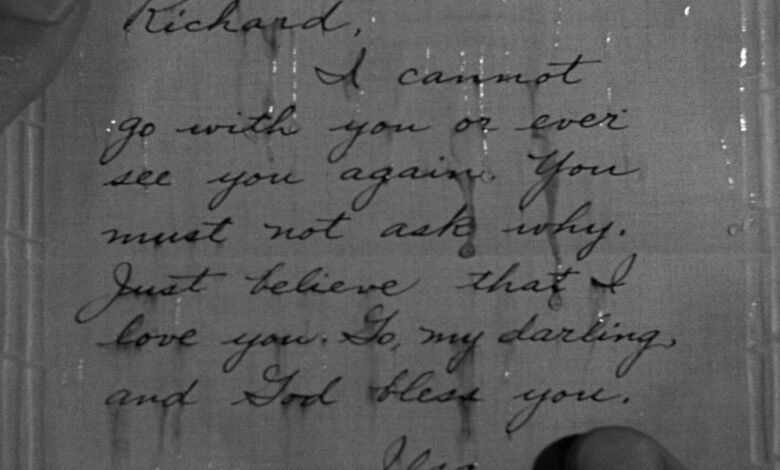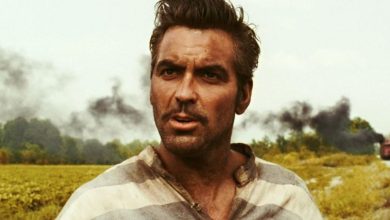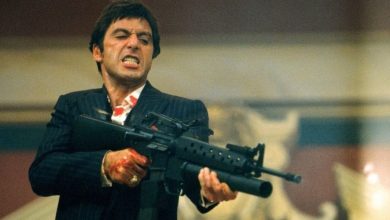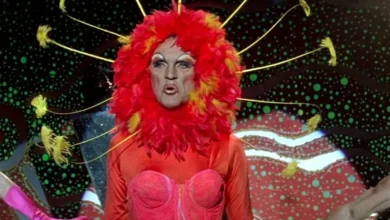Casablanca: How an Unfinished Script and Wartime Chaos Created a Masterpiece

Set against the backdrop of World War II, Michael Curtiz’s Casablanca (1942) premiered at a time when U.S. troops were actively deployed in North Africa. Not only did the film launch the careers of Ingrid Bergman and Humphrey Bogart, but it also went on to inspire countless films and shows, from Woody Allen’s Play It Again, Sam to Robert Zemeckis’ Allied.
What few people know, however, is that Casablanca is living proof of the magic of cinematic improvisation. Behind its timeless romance and political intrigue lies a famously unfinished script, resourceful set design, and chaotic production, which ultimately turned into a blessing in disguise.
The Chaotic Scripting of Casablanca
The film’s first draft originated from the unproduced play Everybody Comes to Rick’s by Murray Burnett and Joan Alison. Afterward, the story was reworked by Julius and Philip Epstein, with Howard Koch adding revisions and Casey Robinson (uncredited) enhancing the romantic elements.
Filming began on May 25, 1942, even though the script remained unfinished. Warner Bros. had purchased the rights for $20,000 (about $370,000 today), eager to capitalize on the wartime atmosphere. However, the biggest struggle was the ending: Should Ilsa end up with Rick or Laszlo? The Hays Code prohibited adultery, forcing changes until the final days of filming — leaving even Bergman and Bogart in suspense.
Improvisation on Set
This uncertainty created real tension in the performances:
-
Ingrid Bergman didn’t know who her character would ultimately choose, which added authenticity to her conflicted emotions.
-
Humphrey Bogart, in his first romantic lead role, couldn’t over-rehearse or pre-plan his performance, resulting in a raw, unscripted intensity.
-
Their chemistry was so convincing that Bogart’s wife reportedly suspected he was having an affair with Bergman.
Resourceful Filmmaking Amid War
Due to wartime restrictions, filmmakers had to get creative:
See More ...
-
The airport climax was filmed on a soundstage, with a cardboard airplane standing in for the real thing.
-
Aside from Rick’s Café, most sets were recycled from previous Warner Bros. films.
-
Many extras cast as refugees were actual refugees, adding realism to the story.
The Impact of Creative Chaos
At its core, Casablanca is a story of love, sacrifice, and morality in the face of war. Rick, initially reluctant to act, becomes a metaphor for the United States itself, ultimately driven by duty.
The lack of a clear script transformed the actors’ uncertainty into powerful on-screen ambiguity. Their performances embodied the sense of living in the moment, which helped elevate the film into one of the greatest cinematic achievements of all time.
As Italian novelist Umberto Eco famously said:
“Casablanca is not just a movie, it is THE movie.”




